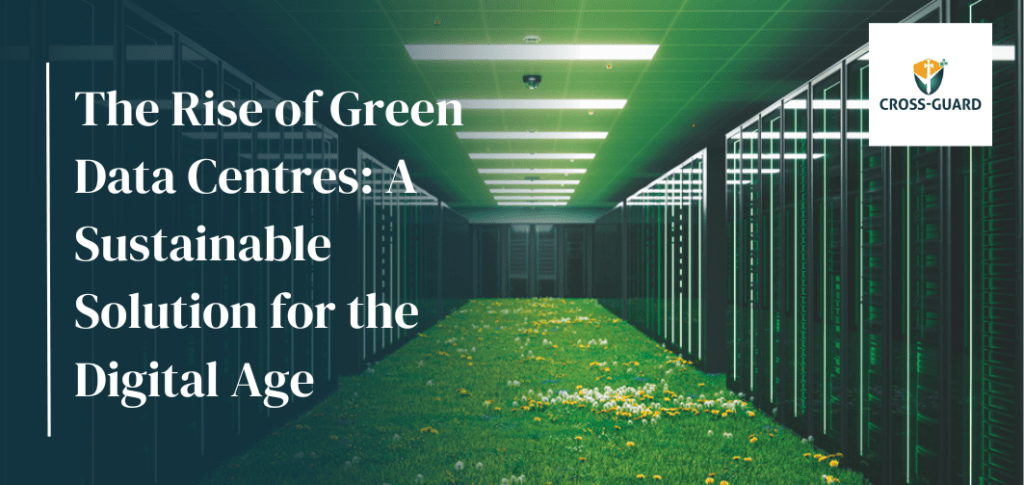The Rise of Green Data Centres: A Sustainable Solution for the Digital Age

Green data centres are quickly becoming standard within enterprise data centre collections, whether they are located on-site, in the cloud, or a mix of both. This shift is due to the increasing demand from IT leaders to incorporate eco-friendly methods into the management of data centres. This demand is driven by a mix of factors, including the expectations of various stakeholders for information on Environmental Sustainability and Governance (ESG) practices, adherence to local and national environmental regulations, and meeting the standards set by industry certifications.
As the pressure builds, IT leaders are in a hurry to grasp and use eco-friendly data centres to achieve their sustainability objectives.
The Definition of Green Data Centres
Green data centres feature tech and architectural approaches aimed at reducing the environmental harm caused by their activities. The definition of a green data centre may differ, but it’s increasingly being standardised by groups like the Leadership in Energy and Environmental Design (LEED) program, which is recognised as a green building gold standard. Additional certification bodies are the Green Globes, Green Star, Living Building, The Uptime Institute, and the National Green Building Standard.
As the concept becomes more defined and global norms for eco-friendly data centres take shape, businesses will have the means to demonstrate their eco-friendly techniques and reassure investors, partners, and clients that they are not participating in greenwashing. Moreover, legislation is becoming a reliable guide to understanding the standards for green data centres. Singapore and Germany are among the recent examples of nations requiring data centres to meet certain sustainability criteria.
Characteristics of Green Data Centres include:
E-waste, which includes outdated servers, networking equipment, and other hardware, starts to accumulate as companies upgrade their hardware to handle high-performance computing (HPC) and generative AI workloads. To be considered a green data centre, data centres need to optimise their power usage effectiveness. Some signs of an energy-efficient data centre are a low Power Usage Efficiency (PUE) number, generally between 1.0 and 1.8, effective air temperature management, and transparency about the sources of their energy. Another aspect of green data centres involves utilising renewable energy sources such as solar, wind, geothermal, hydrogen, and nuclear energy. Each of these sources has its own benefits and drawbacks. Solar and wind power are among the most popular choices, often used through power purchase agreements and renewable energy certificates/credits.
As the demand for larger training models increases, so does the demand for generative AI enterprise applications. Ohenen writes that the increased demand for generative AI workloads ”not only strains global energy resources but also leaves an indelible mark on the environment, contributing substantially to the carbon footprint of the technology-driven world”
IDC predicts that worldwide data centre energy use in 2022 will reach 382 Terawatt Hours (TWh). Projected to grow at a compound annual growth rate (CAGR) of 16.0%, the total energy use of data centres is expected to reach 803TWh by 2027. To put this into perspective, a high-end gaming laptop uses about 150 kilowatt hours of power annually. As artificial intelligence technology becomes more widespread, the owners of data centres will face growing demands to meet stringent standards.
This pressure will come from a mix of sustainability reporting mandates, greater scrutiny from stakeholders, and the limitations of conventional data centre resources. It’s possible that in the future, data centres that are environmentally friendly will become the standard.
SHARE
DOWNLOAD A COPY OF OUR BROCHURE

GET A QUOTE
Get a Quote Form
"*" indicates required fields
